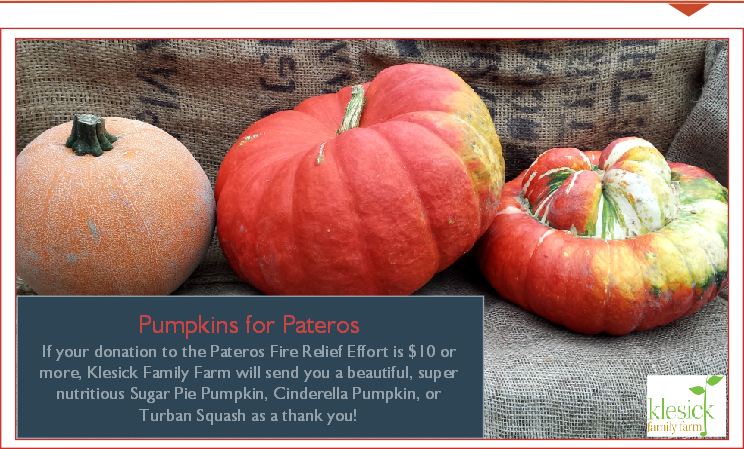Before I begin, I would like to share an excerpt from “Citizenship in a Republic,” by Theodore RooseveIt, April 23, 1910.
It is not the critic who counts; not the man who points out how the strong man stumbles, or where the doer of deeds could have done them better. The credit belongs to the man who is actually in the arena, whose face is marred by dust and sweat and blood; who strives valiantly; who errs, who comes short again and again, because there is no effort without error and shortcoming; but who does actually strive to do the deeds; who knows great enthusiasms, the great devotions; who spends himself in a worthy cause; who at the best knows in the end the triumph of high achievement, and who at the worst, if he fails, at least fails while daring greatly, so that his place shall never be with those cold and timid souls who neither know victory nor defeat.
As I think about the market place that Klesick Family Farm serves, I feel much like this famous portion of Theodore Roosevelt’s speech. As a small farmer and small business owner, it can feel daunting to engage in this battle for good food. Good food that nourishes our bodies and is grown in a way that can heal our land and environment or build upon good stewardship.
Our nation at the turn of the 1900s was having a heated debate about Conservation and Stewardship. Those two concepts are used interchangeably today, but they are distinctly different. Conservationists were advocating for no use, to let nature function alone. An example of this would be our National Park System, and John Muir would be a proponent of this thinking. Stewardship advocates would want to see working landscapes that are actively managed for the benefit of the public. An example of this would be salmon fisheries, federal grazing permits on national lands or timber harvest in the national forests.
But when I survey the horizon today, I see less conservation and stewardship to benefit the public. I see well-oiled and well- connected multinational and national food, chemical, and large farms (food factories) protecting their private interests. And at every turn these groups are blocking my access, our access, to change. We need to change the food system for the good of all, for the health of all.
So we find ourselves in the arena with you, battling for the health of our nation and for common sense to prevail in Congress. We are turning the tide. Every organic purchase sends a clear and definitive reminder that we are engaging in another food system that is a benefit to the environment, the nation’s health and family health.
Thanks for supporting our good food network.

